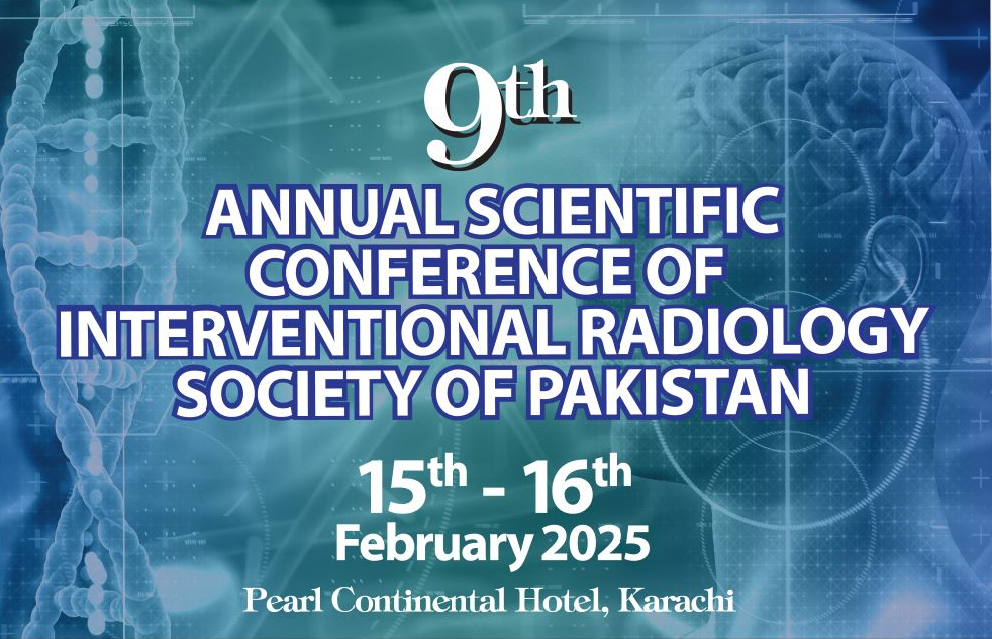Interventional Radiology Society of Pakistan to Hold 9th Annual Scientific Conference
The Interventional Radiology Society of Pakistan (IRSP) is set to host its 9th Annual Scientific Conference on February 15th and
30th HVACR International Expo & Conference will be held at the Expo Center, Lahore, from April 5-7, 2025.
Rhe 30th HVACR International Expo & Conference will be held at the Expo Center, Lahore, from April 5-7, 2025. This
SAF is Pakistan’s Answer to Climate Change and Possible Flight Ban
by: Ahsan Jalal “France recently banned short-haul flights to cut carbon emissions, a move that Pakistan might face if it
HVACR Society Khi organises collaborative event SPIST Students Visit Shan Industries
Farukh Ashraf, Honorary Coordinator Student Affairs & Head Seminar Committee, Pakistan HVACR Society, Karachi Chapter, organized a technical tour at





